Healed with all your senses at the "Akino Fuku Museuseum" in Hamamatsu City, Shizuoka

Table of Contents
On top of a verdant hill, the triangular roof and earthen walls create a warm and cute appearance.
About 10 minutes from the Hamamatsu-Hamakita IC on the New Tomei Expressway. The "Akino Fuku Museum" introduced here is located in Futamata-cho, Tenryu-ku, in the northern part of Hamamatsu City, a town that once prospered as a castle town and an inn town.
Fuku Akino, a Japanese-style painter from Futamata Town, has won numerous awards and is an honorary citizen of Tenryu City (now Hamamatsu City). A municipal art museum built in honor of his achievements, designed by architect Terunobu Fujimori. Speaking of Mr. Terunobu Fujimori, he is famous for his architecture that makes use of the principles and materials of nature, but this museum seems to have recommended Mr. Fujimori as a designer at the request of Mr. Fuku Akino.
The museum opened in 1998. It had been 21 years since its completion when we visited, but it doesn't look old at all. Rather, we get the impression that over the years, it has become more familiar with the work and its atmosphere, and has become even more attractive. We would like to fully convey its charm.
Enjoy the way to the museum
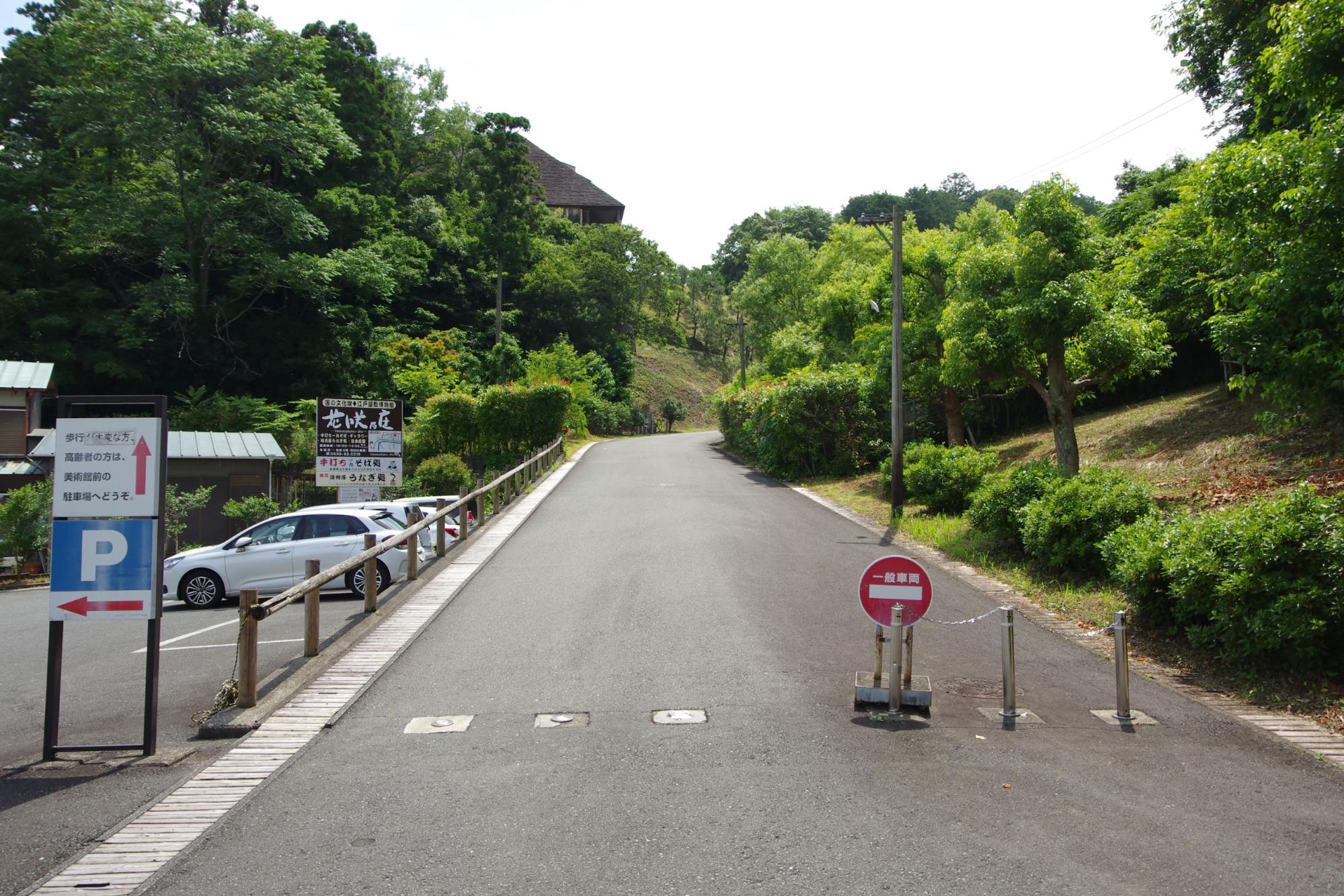
The entrance to the Akino Fuku Museum may be a little confusing.
When you enter inside with the signboard in the photo (above) as a landmark, you will see the parking lot on your left. If you come by car, park here. (If you are not confident in walking up the hill, there is a parking lot on the hill, so please use it.)
From the parking lot, walk up the hill. (2 minutes at the fastest to 5 minutes at the slowest)
There are many different things to see along the way.
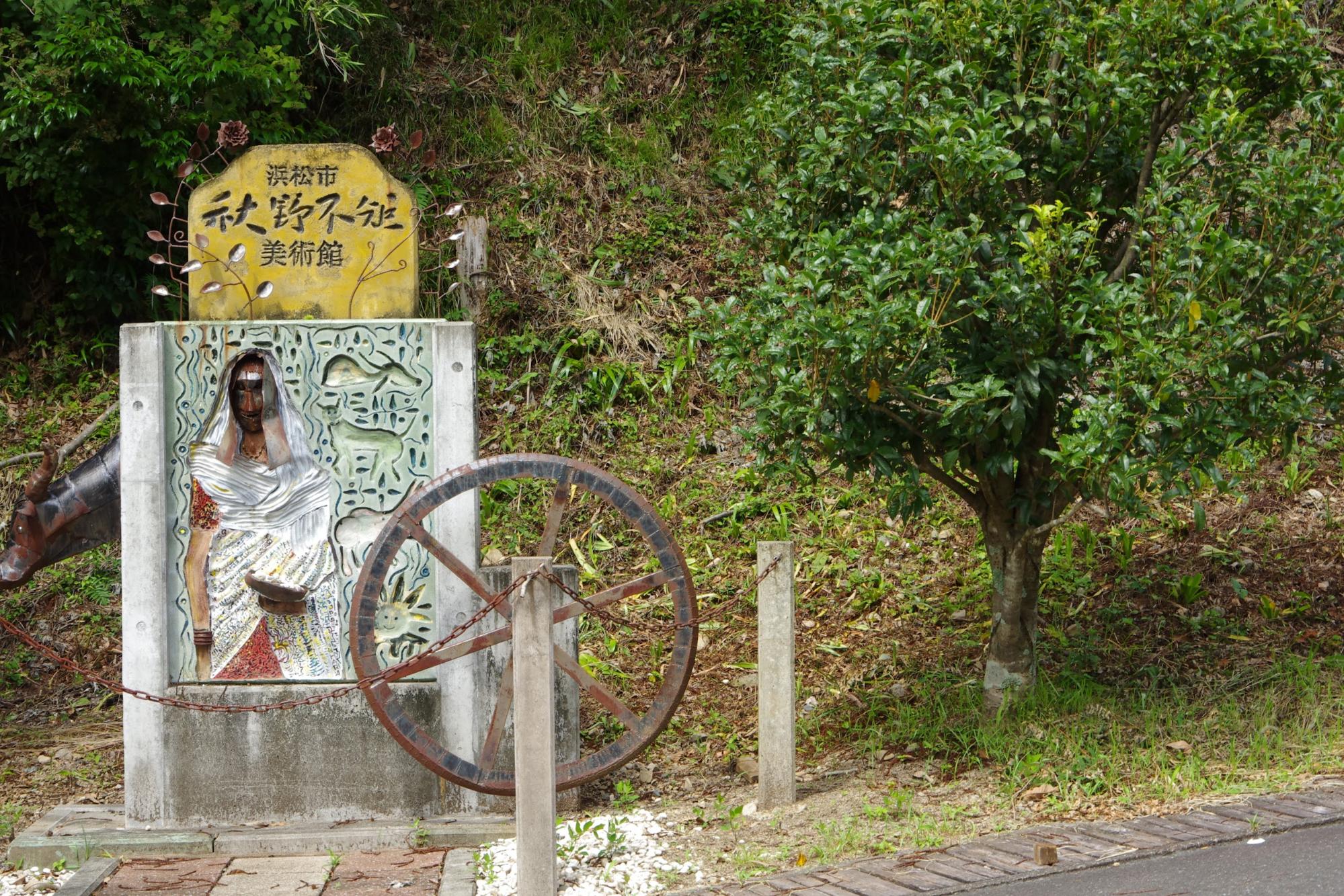
A monument made by students of Shizuoka Prefectural Tenryu Forestry High School.

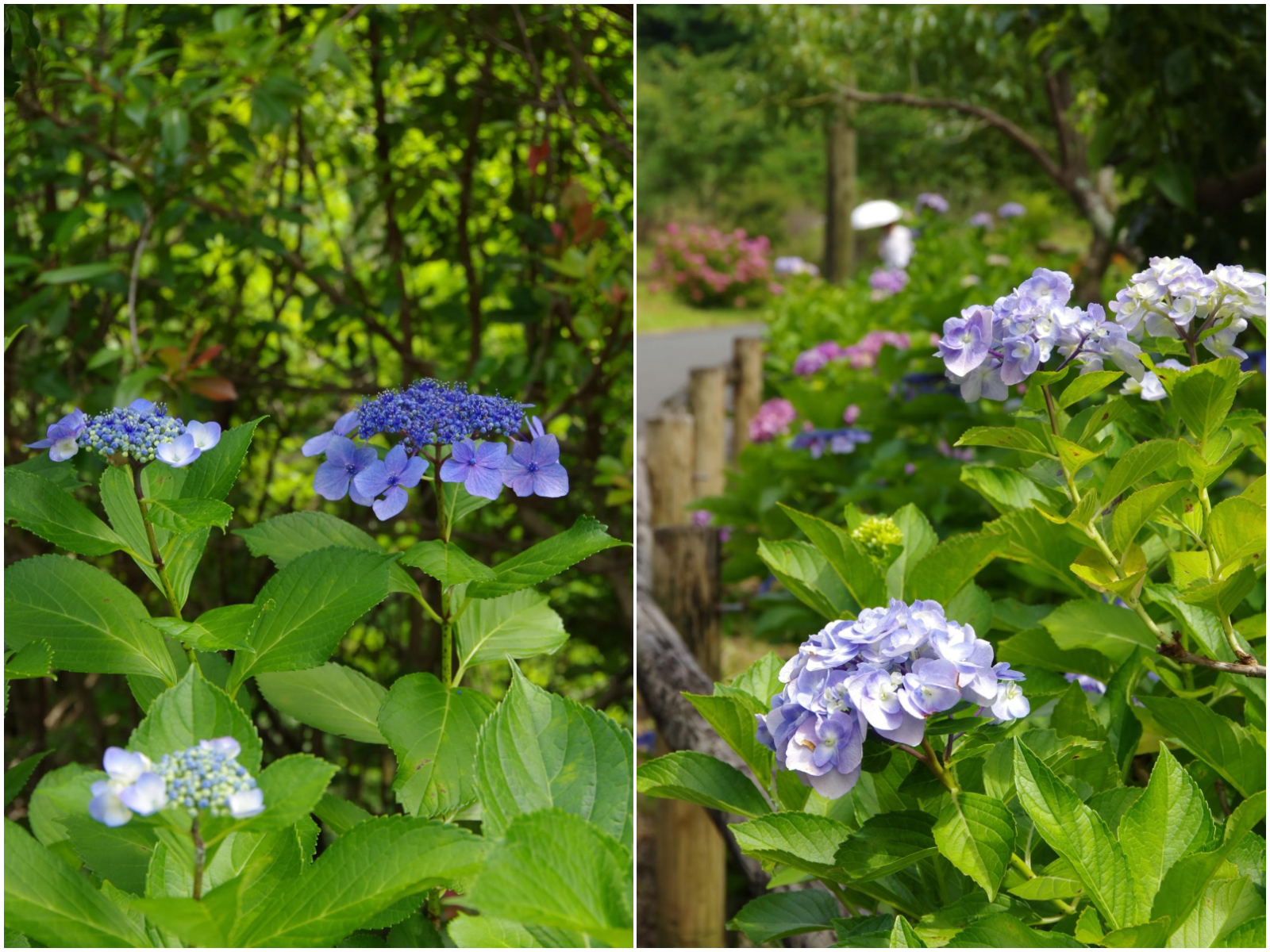 Trees and flowers along the road show their faces in each season.
Trees and flowers along the road show their faces in each season.
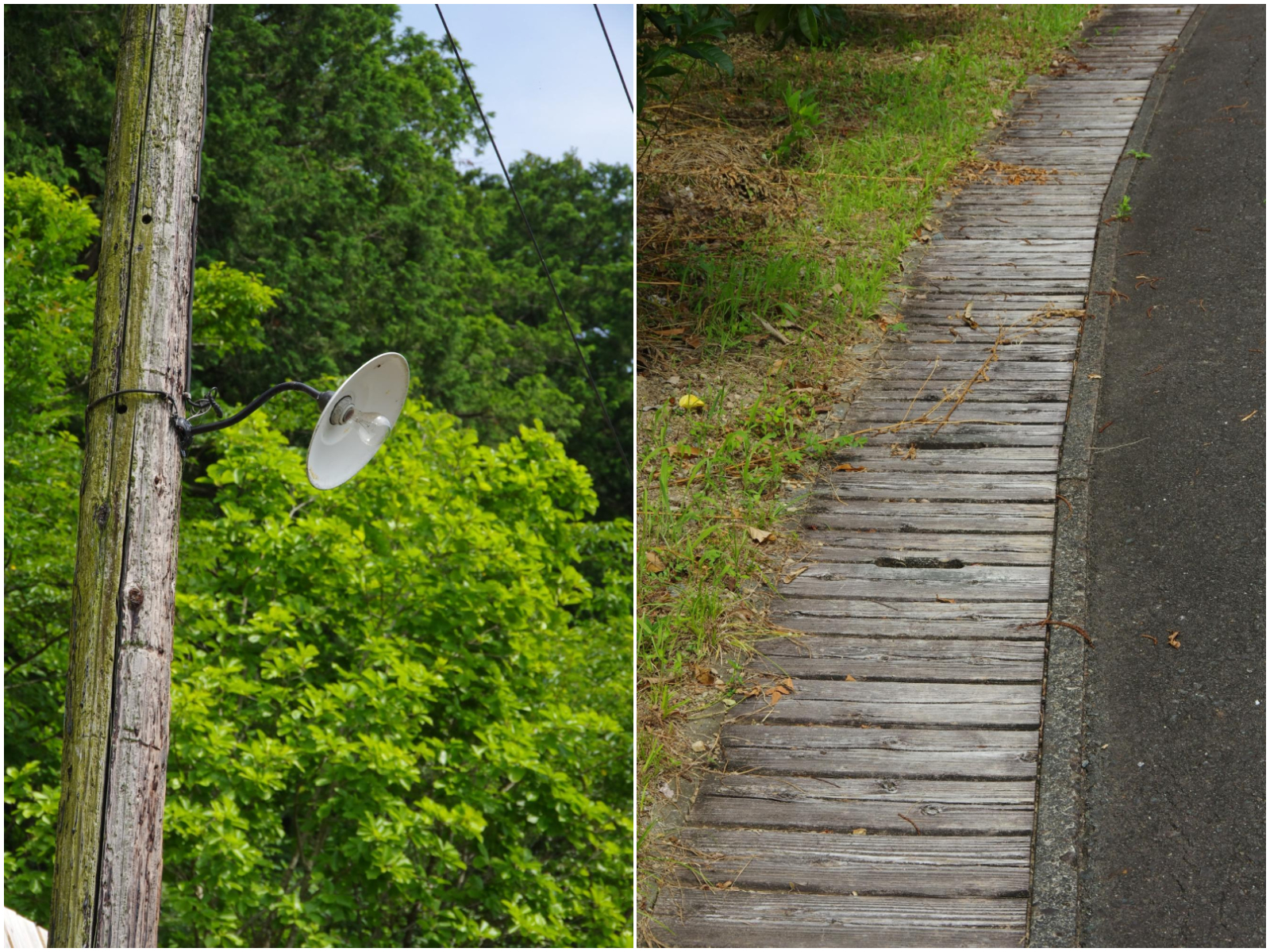
Looking up, you see a textured light. The ditch cover at the foot is wood. A retro umbrella incandescent light attached to an old utility pole is a popular subject.
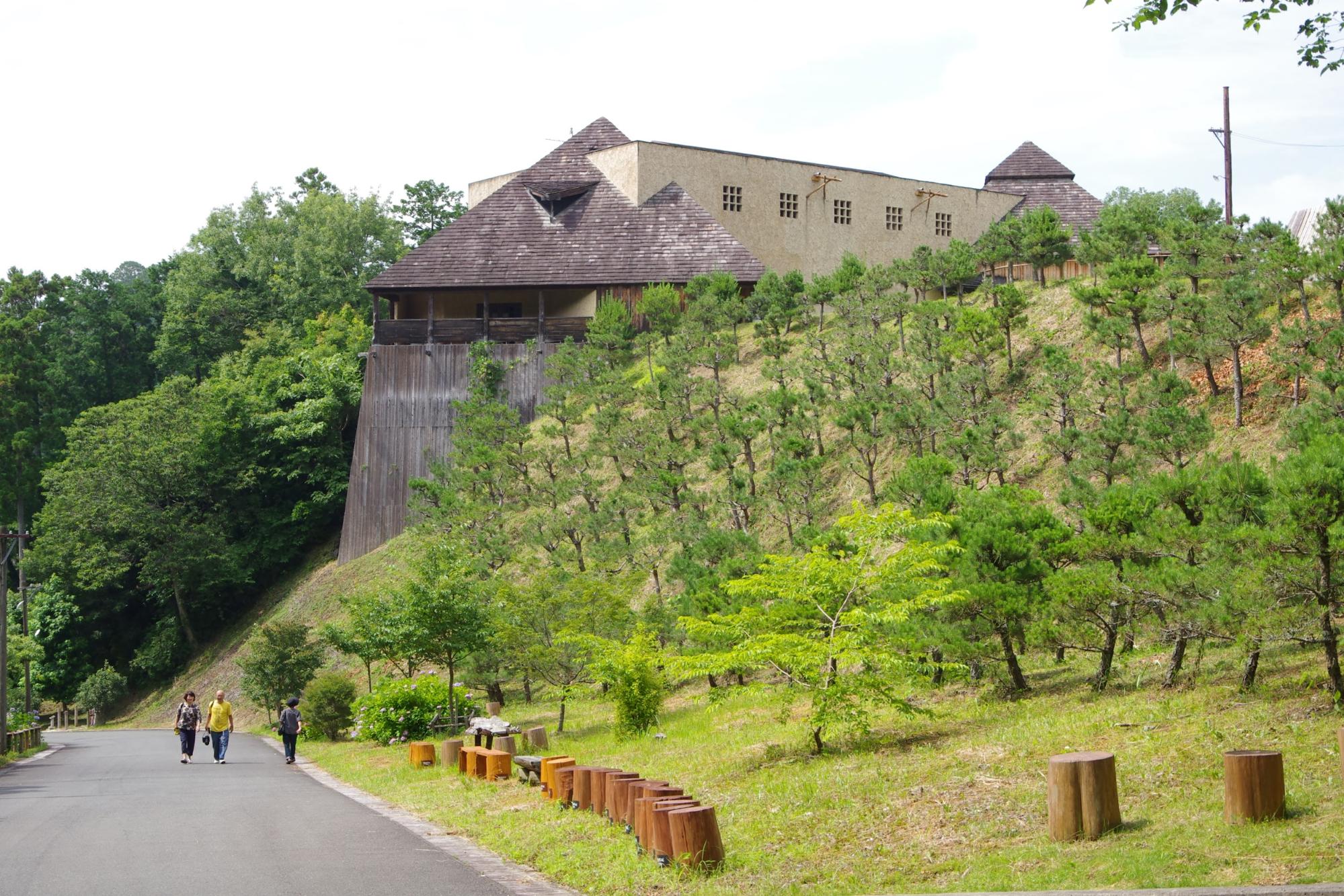
On the way there, look back and you will notice the museum towering above you.
Although it is a low-rise building when you climb to the top, the footing is magnificent because of the difference in elevation of the site. Looking up from below, the foundation covered with Tenryu cedar looks very powerful.
After enjoying the scenery and taking pictures, you will arrive at the museum in no time. We feel like we got a little exercise.
Now you can see the triangular roof.
Two stories, mixed structure of RC and wood. The roof is made of Suwa-area teppei stone from Nagano, and the exterior walls are made of mortar and Tenryu cedar shingles. Two gutters protruding from the top of the building are said to be rain gutters, from which water can be seen flowing out on rainy days.
Speaking of "Fujimori Terunobu architecture", recently "La Collina" in Omihachiman City, Shiga Prefecture and "Mosaic Tile Museum" in Tajimi City, Gifu Prefecture have been talked about, but do you feel a similar atmosphere?
Take off your shoes
When you go inside, the first thing you do is take off your shoes. Leave your shoes in the shoe box next to the entrance and change into slippers.
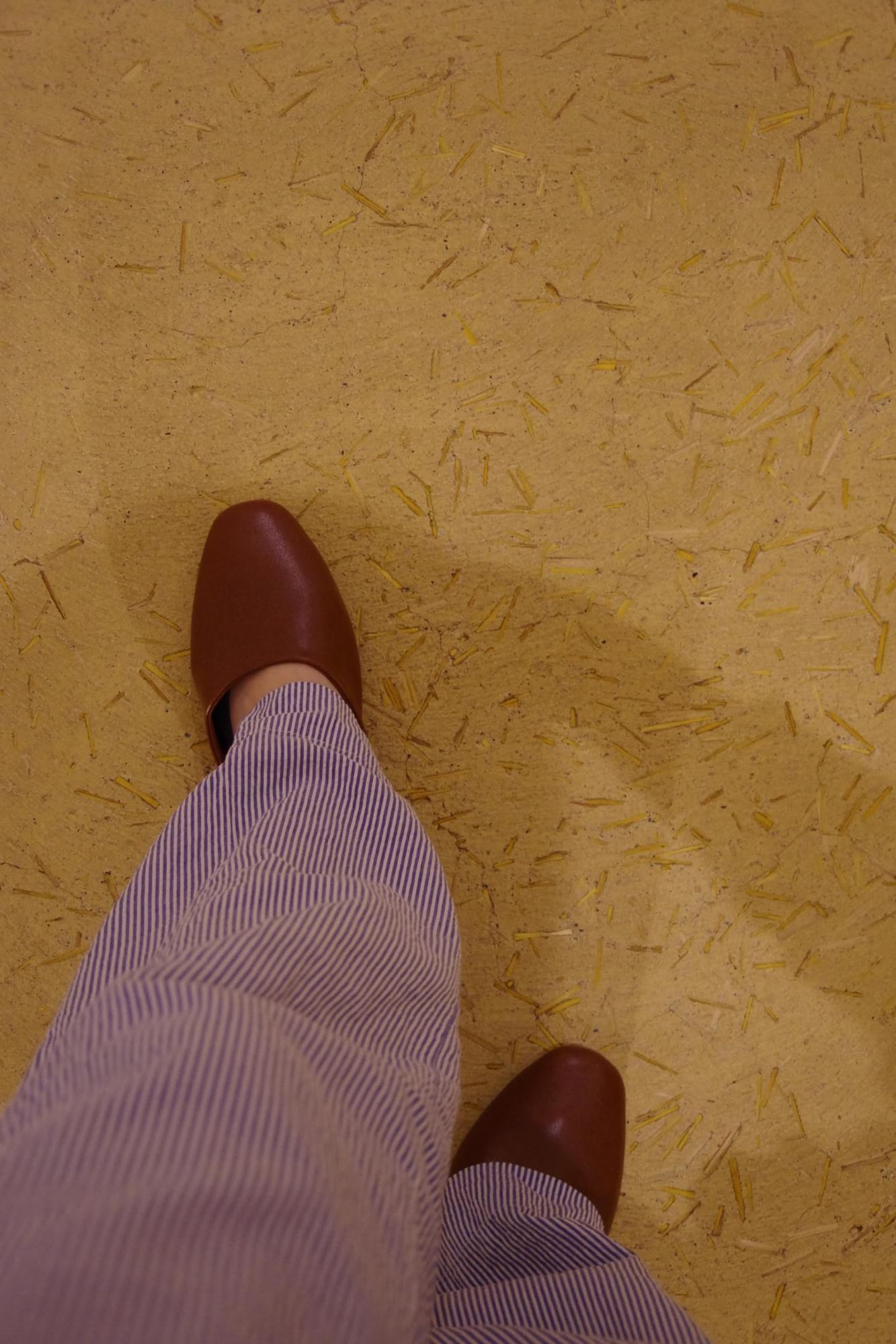
The floor is finished with mortar containing straw, and is soft to the touch. It seems that the staff wipes the slippers every morning, so they are shiny.
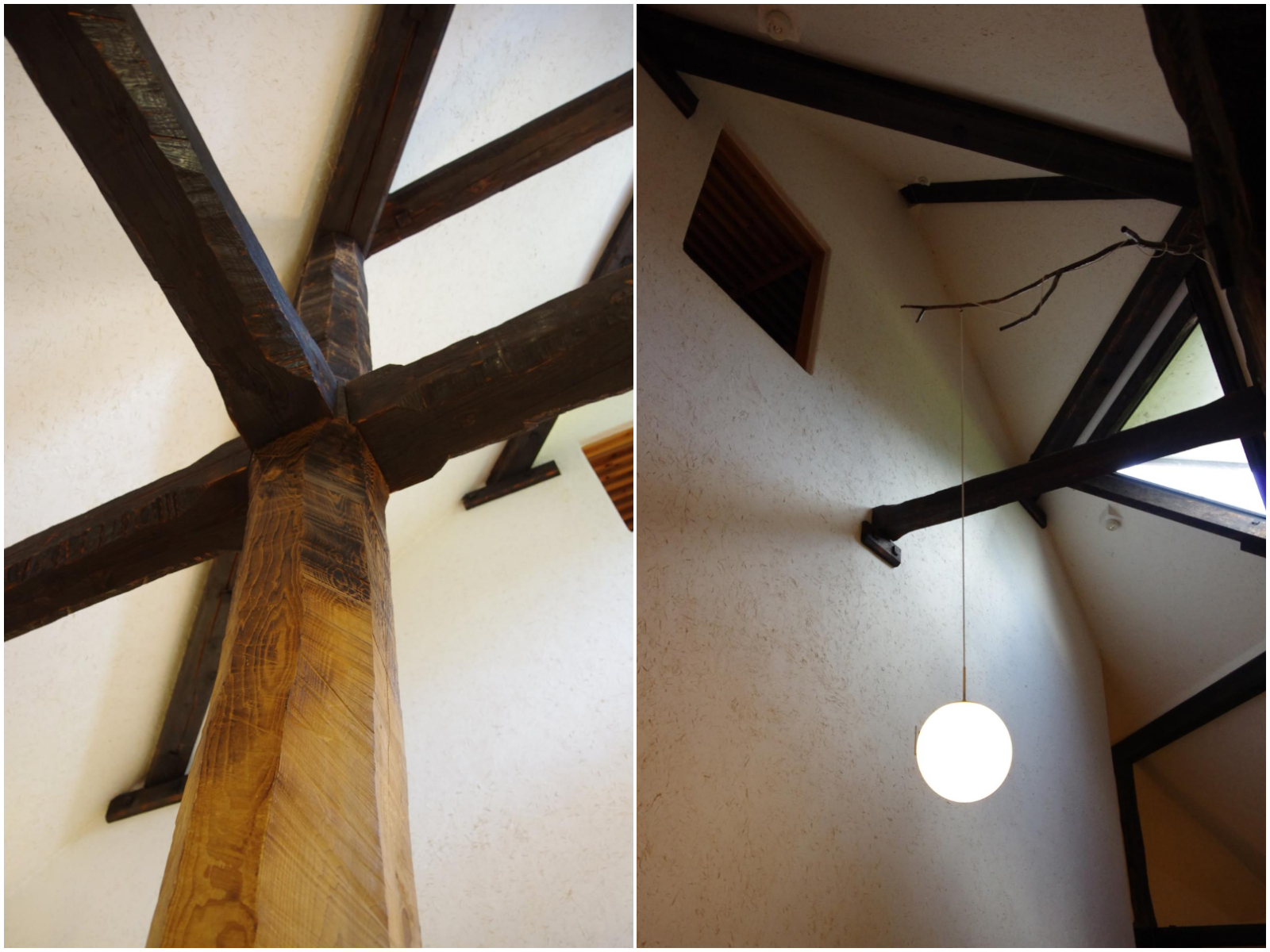
As soon as you enter, you will see a stairwell supported by thick, magnificent pillars. The main pillar is a 120-year-old Tenryu cedar. Roughly chamfered with a chainsaw, the top part is burnt with a burner, and the contrast with the plaster walls creates a plain and simple space. Many of the other pillars and beams are also made of local Tenryu cedar, and the main wood was selected by Mr. Fujimori together with Ms. Fuku
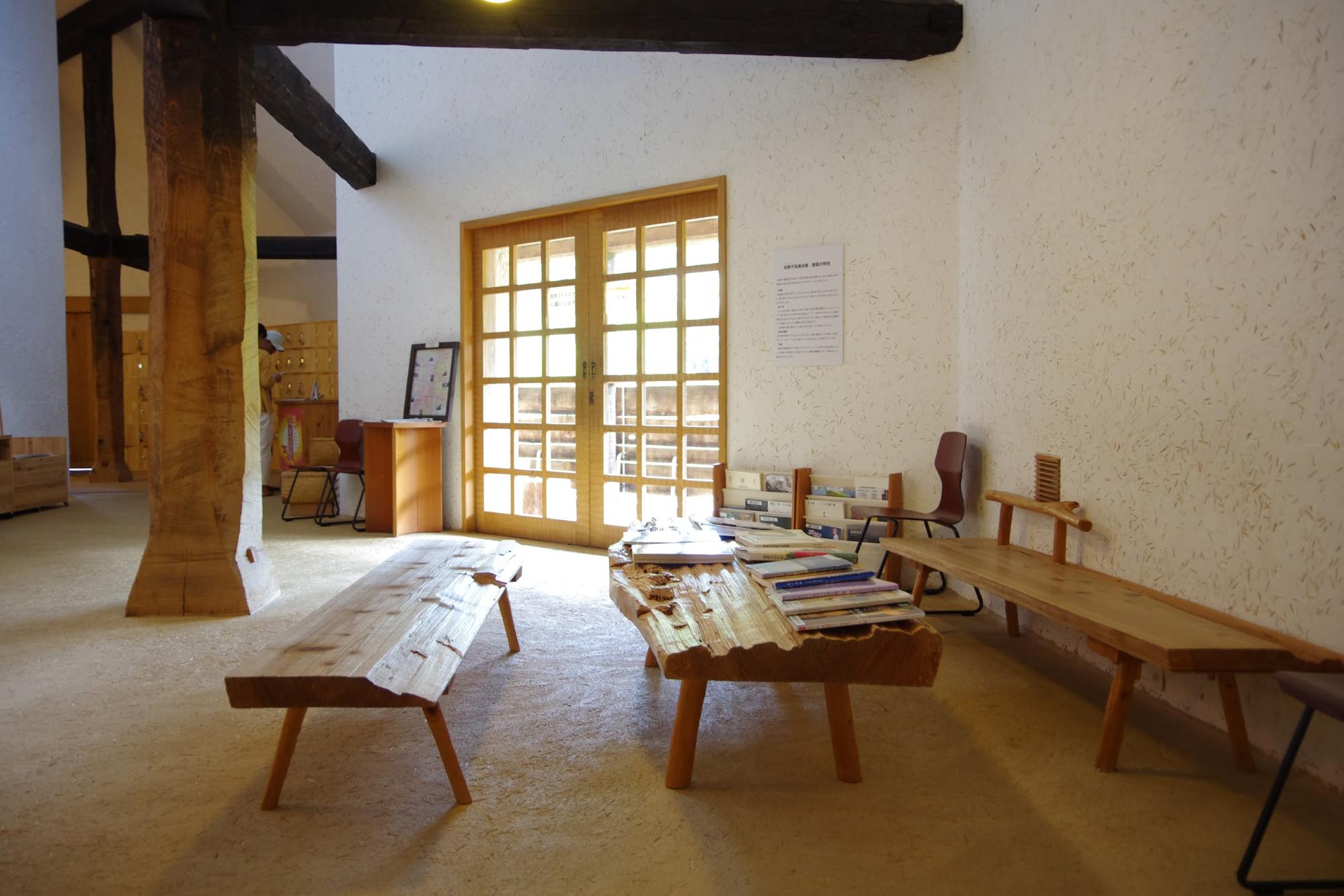 Hall next to reception
Hall next to reception
Various materials can be viewed in the hall.

The space next to the hall is a raised board space.
Take off your slippers here and go to the exhibition room.



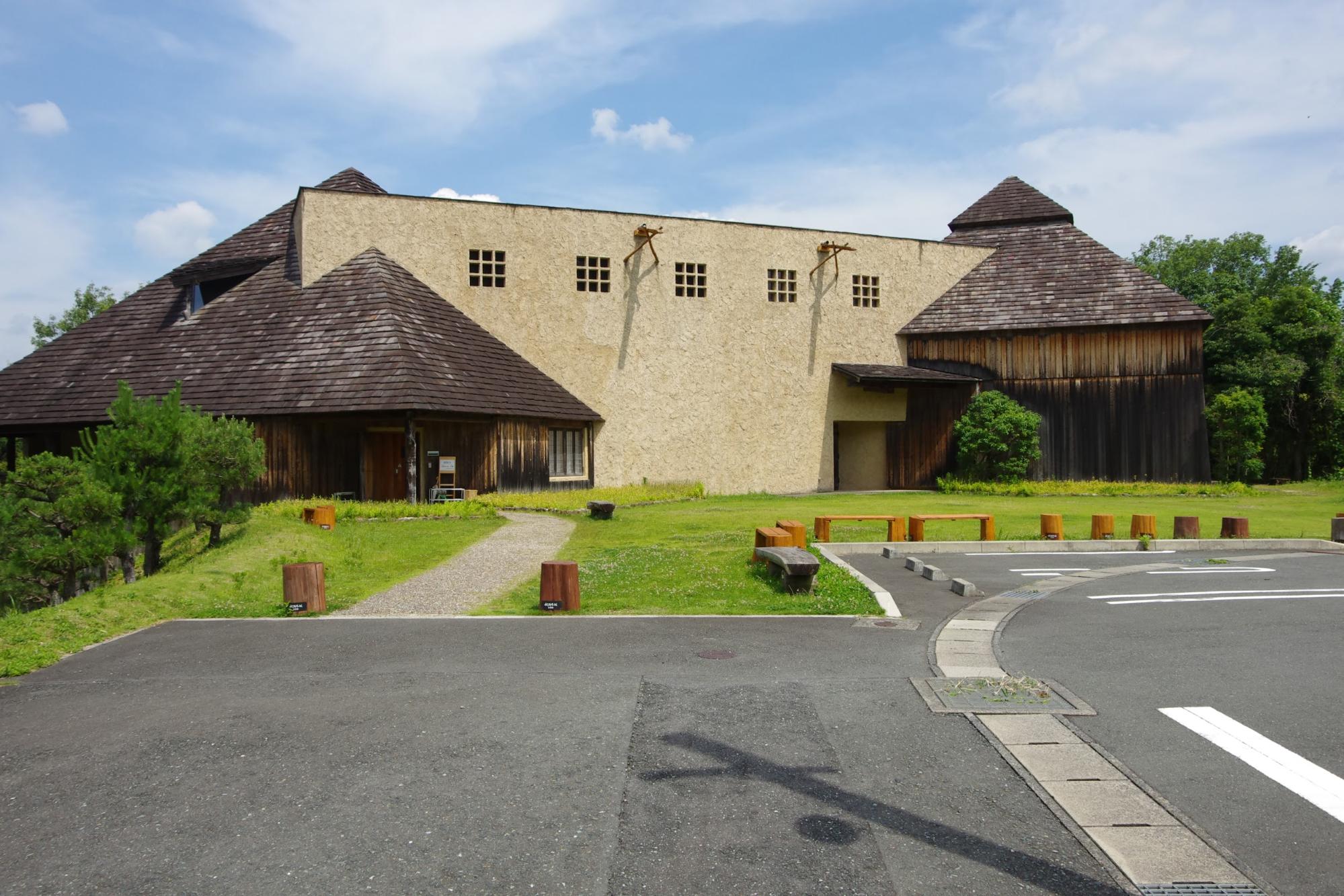
![[Special Features] Museums & Arts](https://life-designs.jp/wp/wp-content/uploads/2019/06/w1920x1088_art-1-1024x580.jpg)
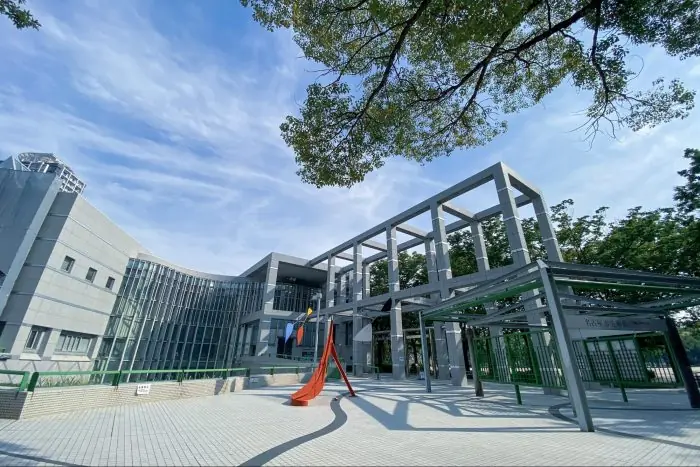
![[Art Appreciation while taking a walk] Aichi Public Art Exploration around Nagoya station](https://life-designs.jp/wp/wp-content/uploads/2020/06/image16-2-300x200.jpg)
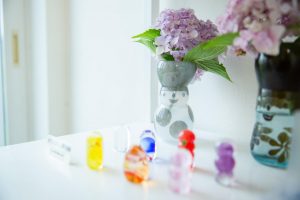
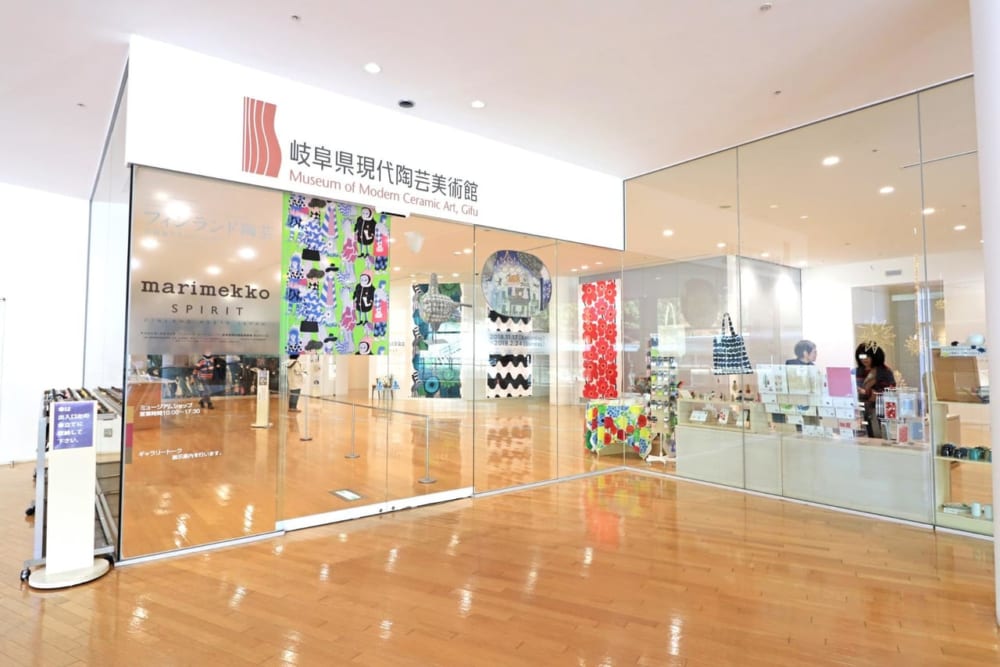
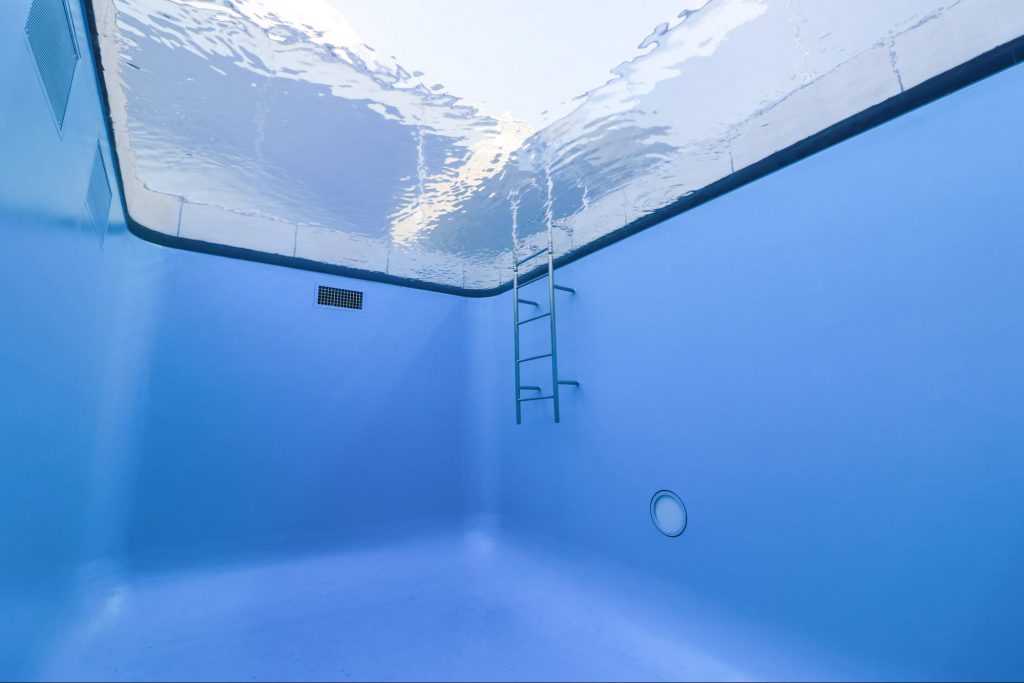

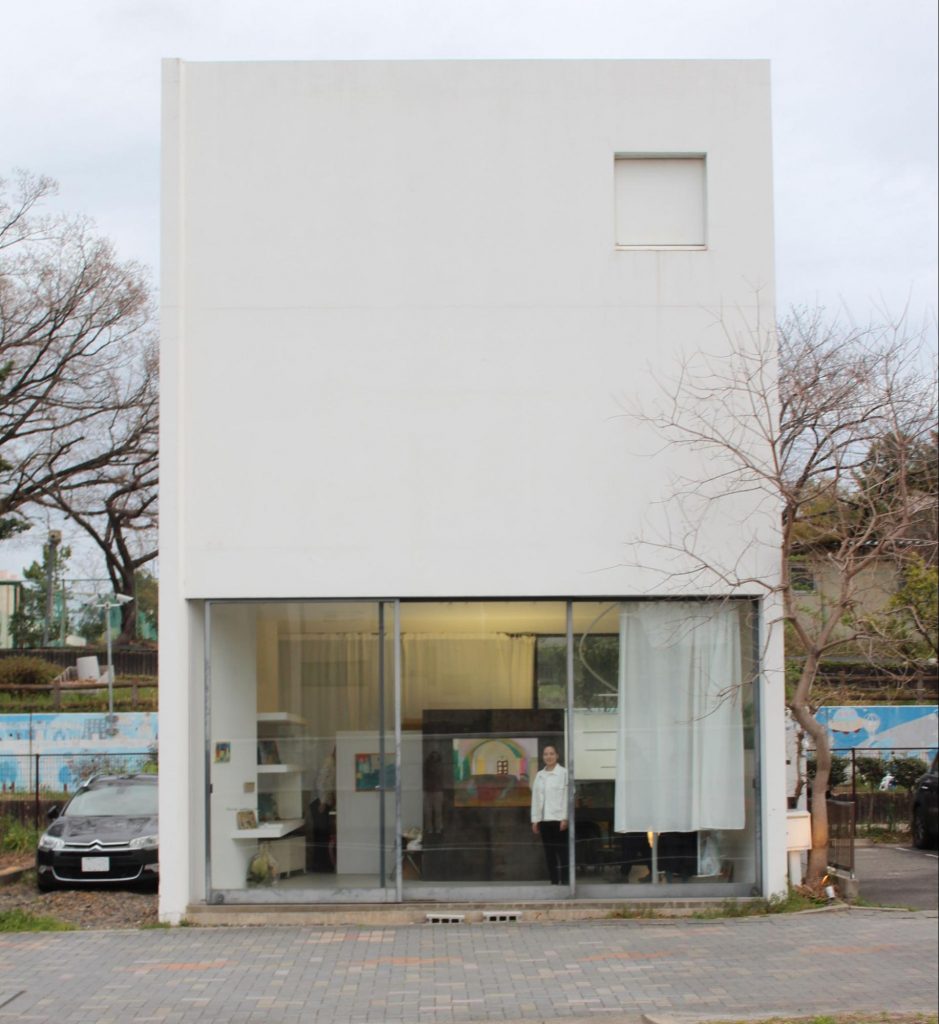
![[Architectural Design Firm Alain] the Ultimate Cakes Made by a Chef from France. “Abondance,” One of Japan’s Leading Patisserie](https://life-designs.jp/wp/wp-content/uploads/2024/05/5e21e8917b72608c1deddc4a2334cabc-1024x768.jpg)
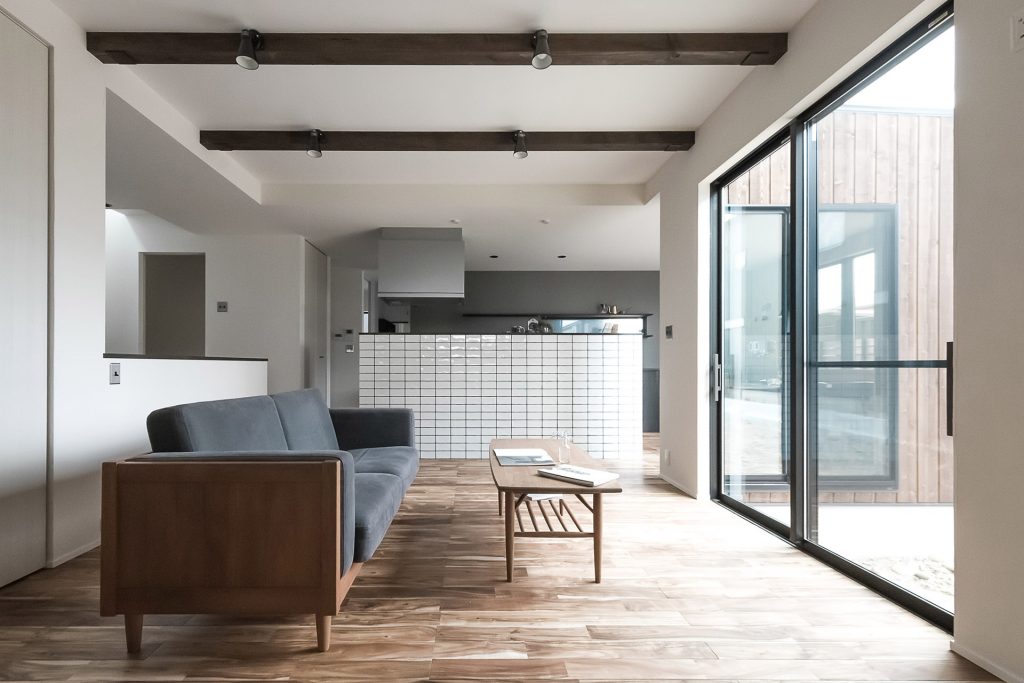
![[Hamamatsu] SWEETS BANK, a Long-established Shunka-do Complex](https://life-designs.jp/wp/wp-content/uploads/2022/09/image29-2-1024x683.jpg)
![[Hamamatsu, Shizuoka] "Hamanako Garden Park" is Perfect for Weekend Family Outings!](https://life-designs.jp/wp/wp-content/uploads/2022/09/85773bc23513bc086cf6fdd36f061362-1024x683.jpg)

![[Indoor Facilities] Where to Go on Rainy Days in Tokai Area! For Family Outings!](https://life-designs.jp/wp/wp-content/uploads/2023/07/FotoJet-23.jpg)





![[Nagoya-meshi] Nagoya's Speciality Dishes](https://life-designs.jp/wp/wp-content/uploads/2022/06/5ba2ca8c038fd4af7527bc0826367cfb-768x435.png)
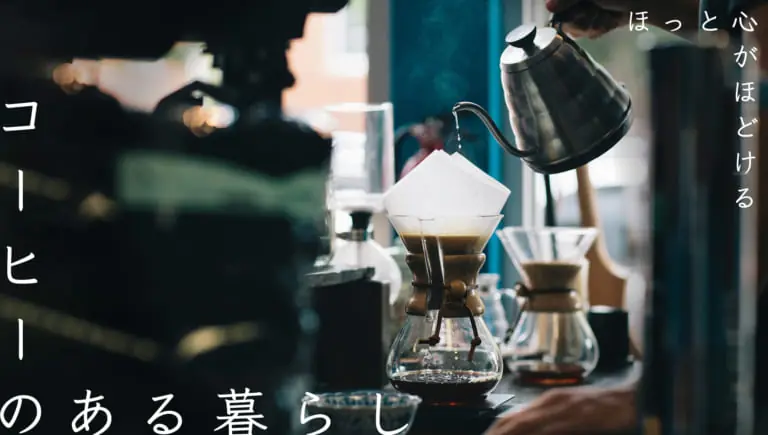
![[Special Feature] Enjoy Outdoor Activities!](https://life-designs.jp/wp/wp-content/uploads/2019/12/LD_banner_w1920x1088_outdoor-1-1024x580.jpg)
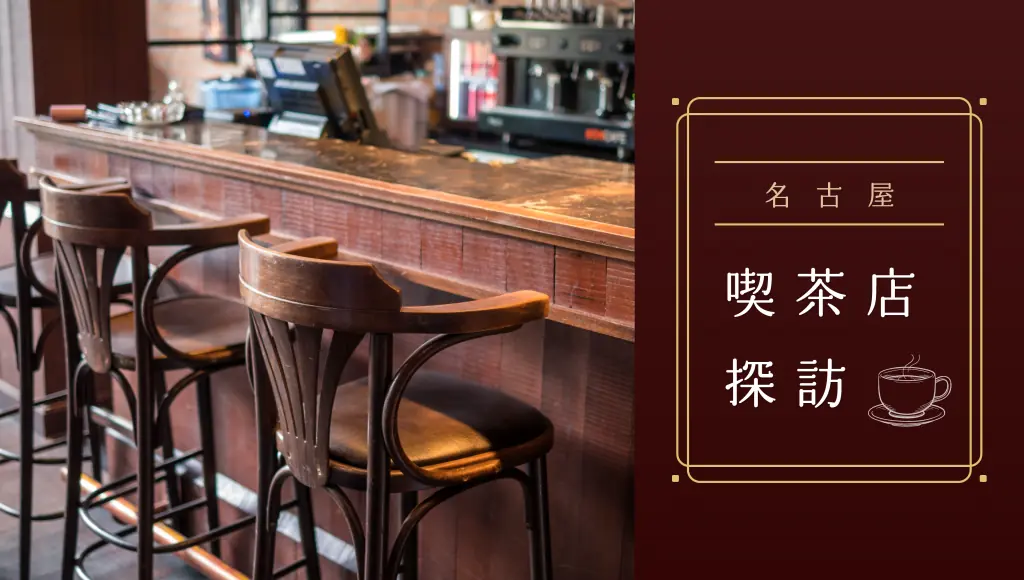
![[Tokai Area] Scenic Spots which You'll Never Forget](https://life-designs.jp/wp/wp-content/uploads/2019/12/LD_banner_w1920x1088_prospect-1-1024x580.jpg)
![[Enjoy Kuwana! ] From Classic to the Latest Spots](https://life-designs.jp/wp/wp-content/uploads/2022/11/Kuwana_w1920x1088-1-1024x580.png)

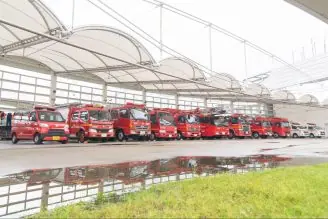

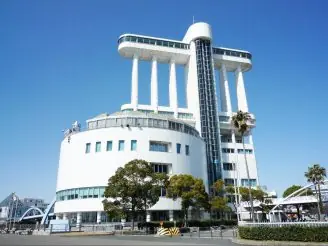
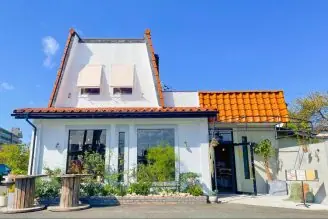


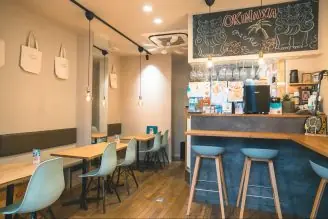
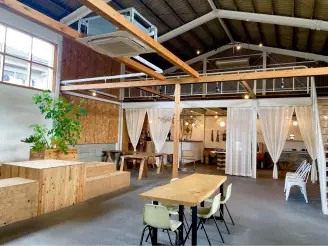
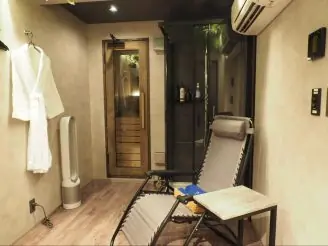
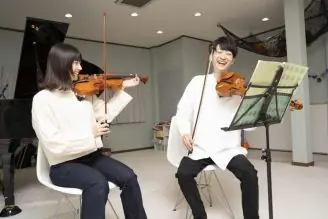
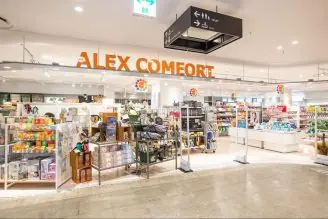
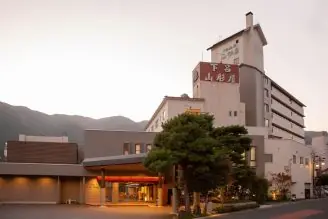
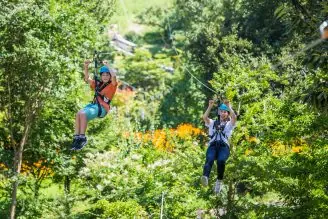

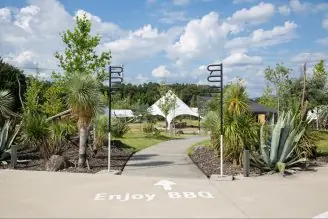

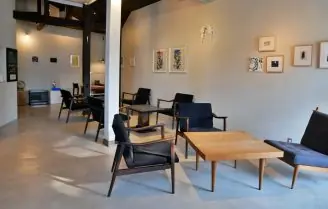
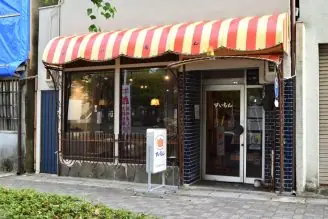
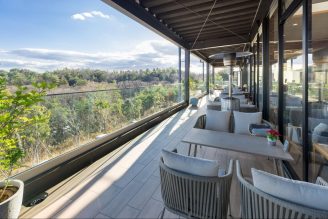

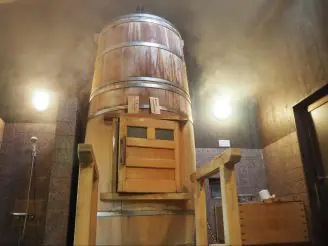

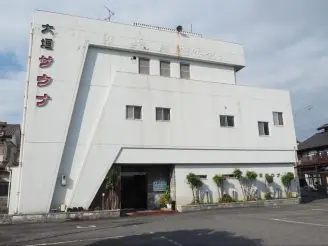


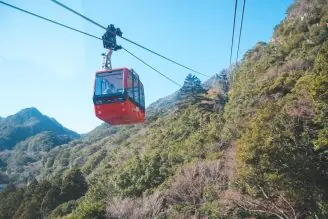
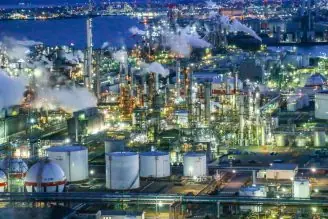

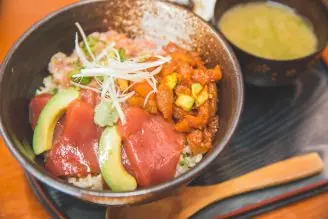
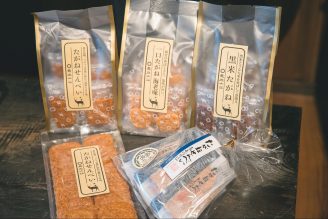

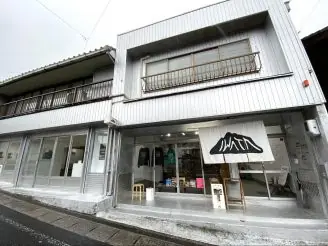
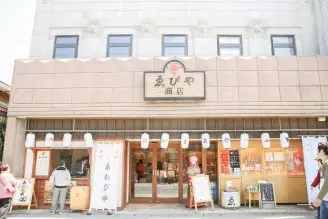
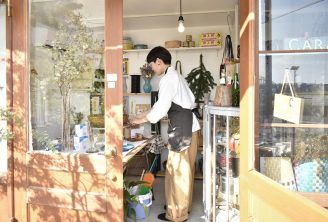
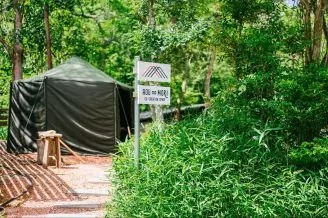







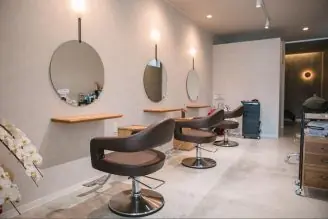

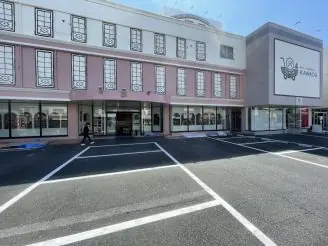
![[Indoor Facilities] Where to Go on Rainy Days in Tokai Area! For Family Outings!](https://life-designs.jp/wp/wp-content/uploads/2023/07/FotoJet-23-1024x768.jpg)
![Onigiri is hot right now! Summary of Osu's Onigiri Specialty Shops [5 selections].](https://life-designs.jp/wp/wp-content/uploads/2023/11/onigiri-1024x768.jpg)
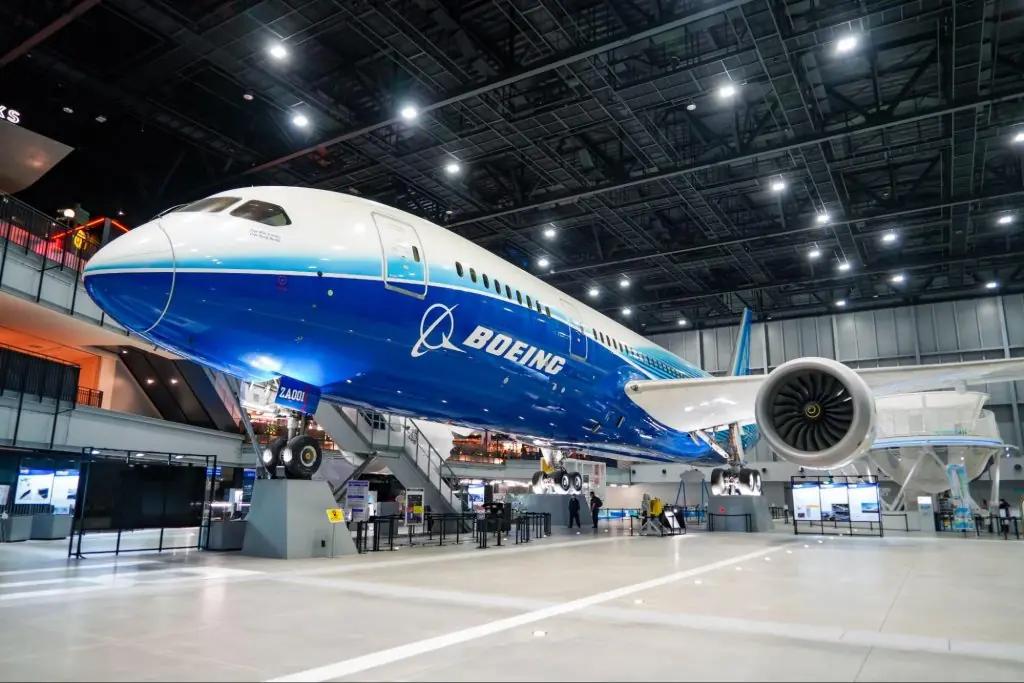
![[9 Selections] Summary of Retro Coffee Shops in Nagoya](https://life-designs.jp/wp/wp-content/uploads/2021/11/image1-30-1024x683.jpg)
![[Within 2hrs by Car] 12 Outing Areas where You can Go on a Day Trip from Nagoya!](https://life-designs.jp/wp/wp-content/uploads/2023/07/odekake12_w1200h900_20240422-768x576.png)
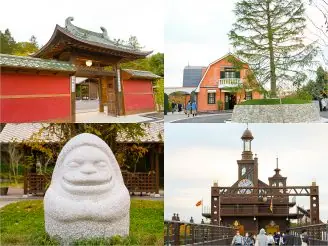
![[Aichi, Gifu, Mie] 30 Family-Friendly Spots to Go in Winter!](https://life-designs.jp/wp/wp-content/uploads/2019/12/image21-1-150x106.png)
![[Nagoya, Aichi] Recommended Shops to Buy Tablewares around Nagoya](https://life-designs.jp/wp/wp-content/uploads/2019/11/image12-26-150x100.jpg)
![[14 Selections] Recommended spots to spend the weekend in Kakuozan area of Nagoya](https://life-designs.jp/wp/wp-content/uploads/2022/07/Kakuozan-spot_w1920h1088_240605-328x186.png)
